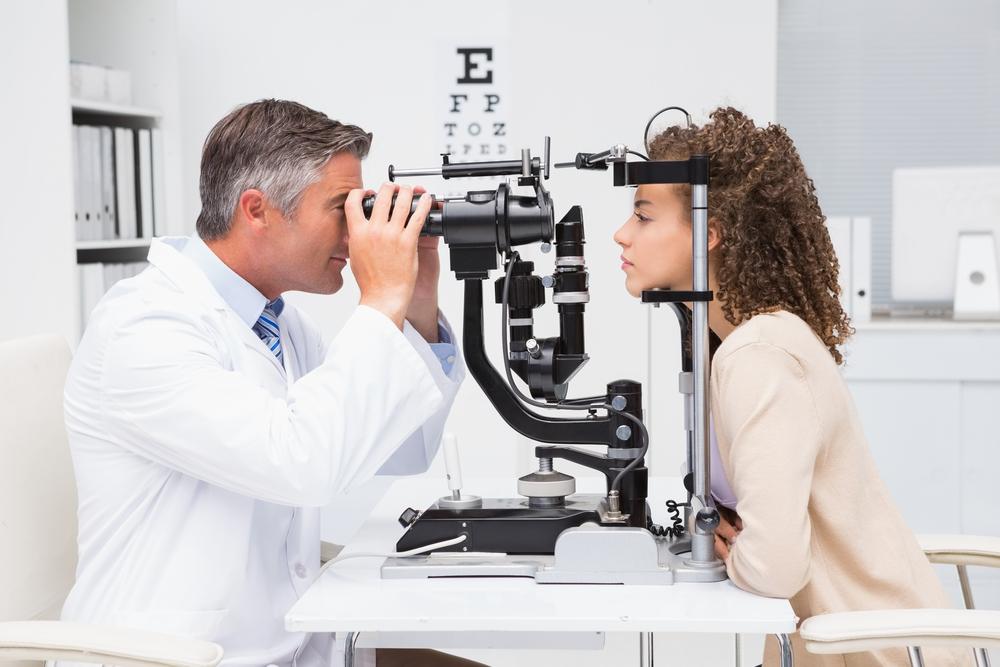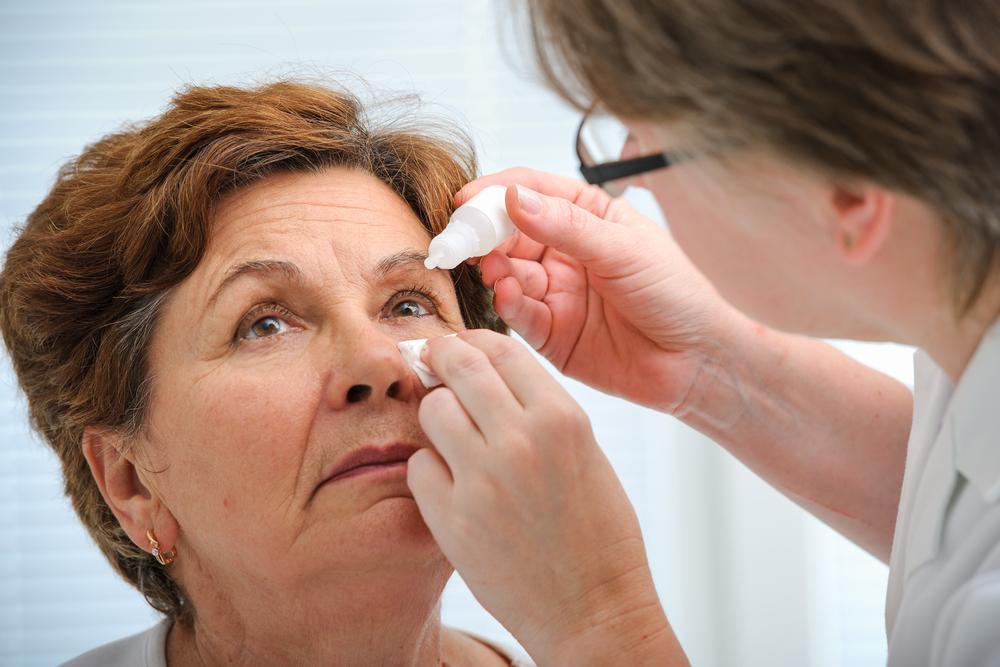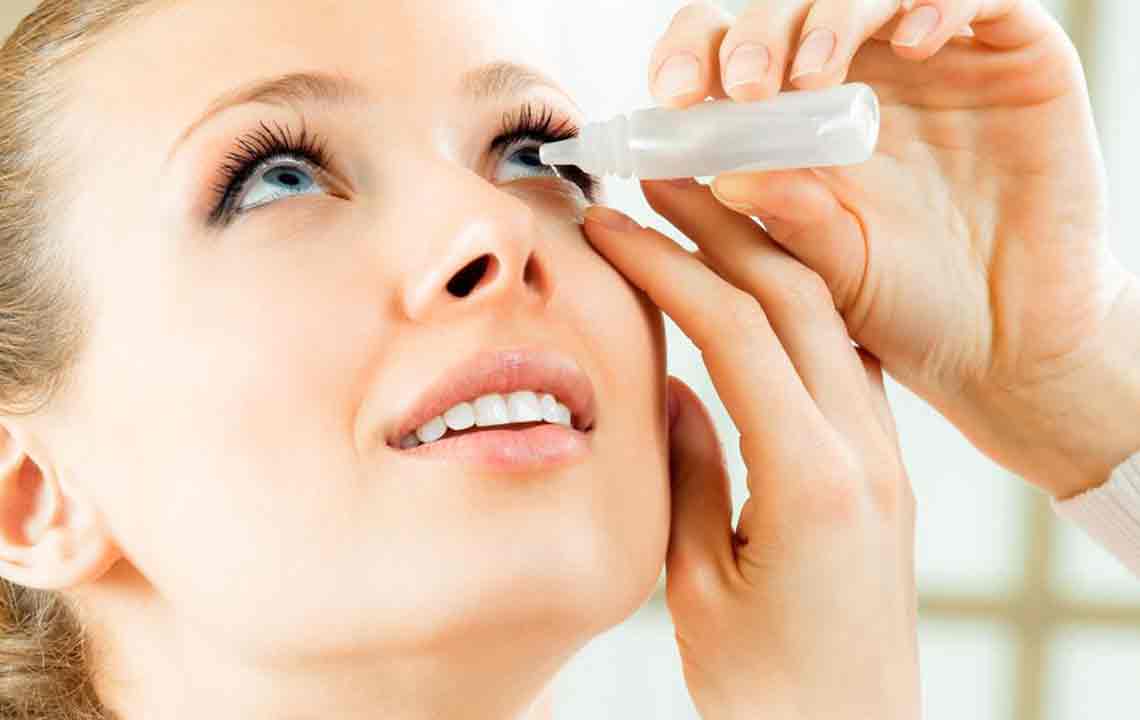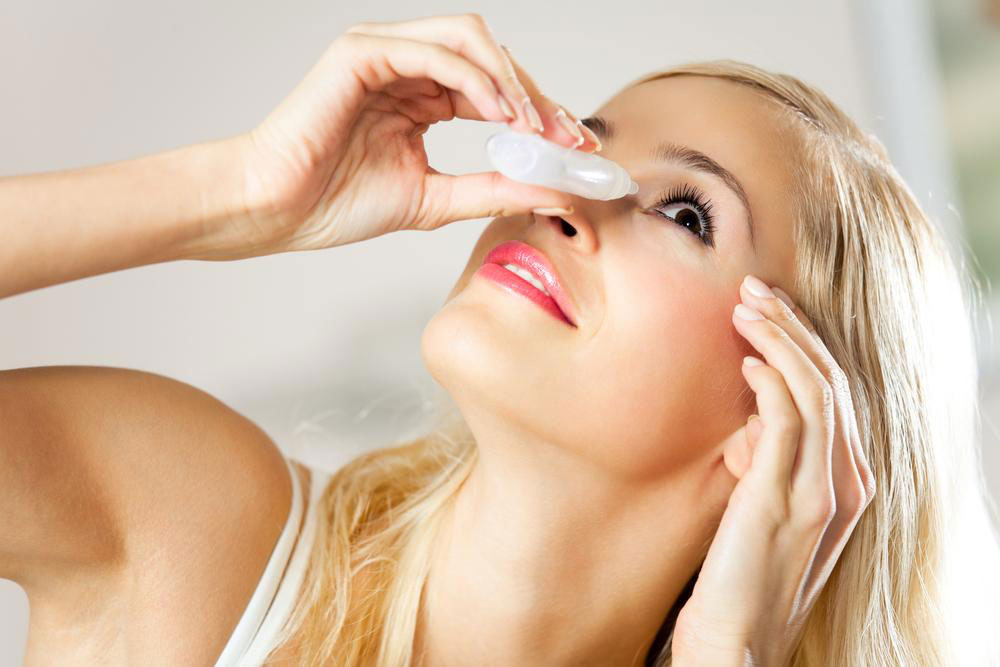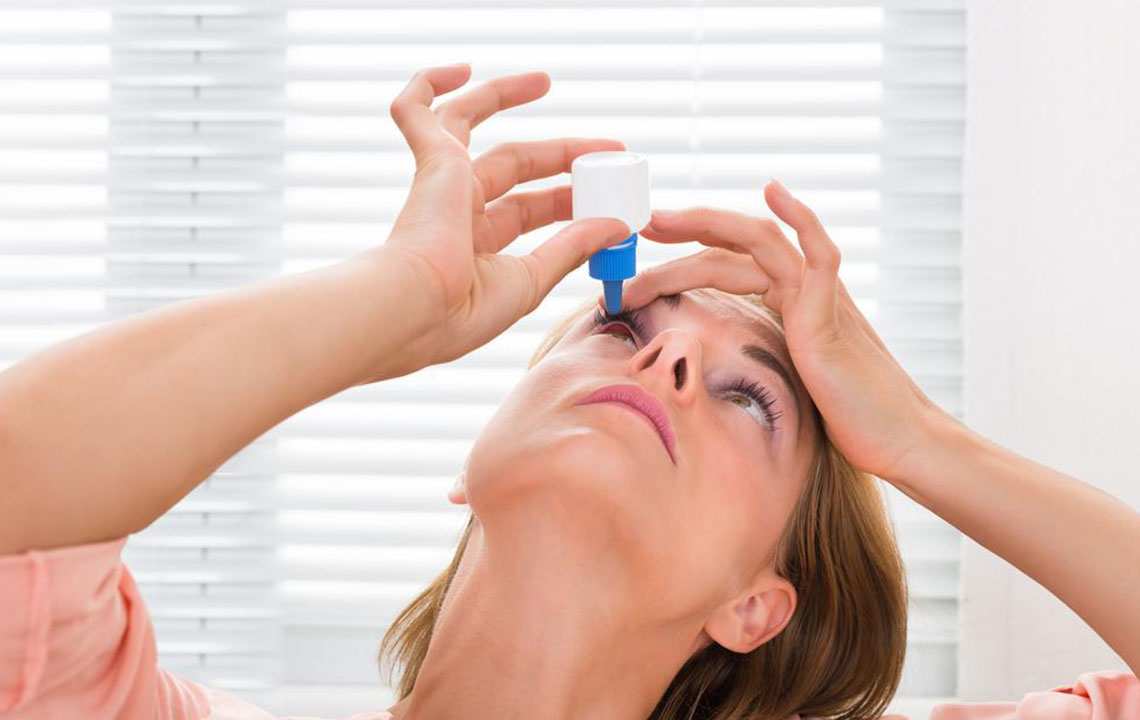Comprehensive Guide to Managing Chronic Dry Eye Syndrome
Chronic dry eye syndrome affects millions worldwide, resulting from reduced tear production or rapid tear evaporation. Factors include prolonged screen time, contact lens use, medications, health conditions, and environmental influences. This comprehensive guide explores causes, symptoms, and management strategies to help sufferers find relief and protect their eye health effectively.

In-Depth Understanding of Chronic Dry Eye Syndrome
What is Chronic Dry Eye? Chronic dry eye is a prevalent eye condition characterized by reduced moisture on the surface of the eye. This condition can cause a spectrum of discomforts, ranging from mild irritation to significant inflammation, redness, and even scarring, which can affect vision over time. It occurs when the eyes do not produce enough tears, or the tears evaporate too quickly, disrupting the natural lubrication essential for eye health. Women are statistically more prone to dry eye problems compared to men, possibly due to hormonal differences and other associated factors. Here’s a comprehensive overview of this widespread ocular issue:
The Impact of Screen Time on Dry Eyes
Extended digital device use is a primary contributing factor. When spending long hours in front of computers, smartphones, or tablets, individuals tend to blink less frequently, which hampers the eyes’ natural ability to stay lubricated.
Normal blinking rate averages between 10 to 15 blinks per minute, helping to distribute tears evenly across the eye surface, maintaining proper moisture, and protecting against irritants.
Reduced blinking causes tears to evaporate quicker, resulting in dryness, burning, and a gritty sensation often associated with dry eye syndrome.
Activities demanding intense focus, like driving, sewing, or detailed craftsmanship, further decrease blinking frequency, exacerbating dry eye symptoms.
To mitigate these effects, it’s highly recommended to adopt the 20-20-20 rule: every 20 minutes, look at something 20 feet away for at least 20 seconds, and consciously blink fully several times to promote tear stability.
Contact Lenses and Their Role in Dry Eye Development
Long-term contact lens wear can disturb the eye’s tear film. As a protective layer, the tear film ensures smooth, clear vision. When contact lenses are worn extensively, they can disrupt this thin layer, leading to increased tear evaporation.
Symptoms include burning, irritation, redness, and a sensation of dryness or grittiness within the eye.
Adjusting the type of contact lenses, reducing wear time, and ensuring proper hygiene can help alleviate symptoms and protect eye health.
Medications That May Cause or Worsen Dry Eye
Various medications have dry eye as a side effect. Many drugs used for other health conditions can inadvertently diminish tear production or alter tear quality.
Common culprits include antihypertensives, antidepressants, antihistamines, sleep aids, and certain pain relievers.
Furthermore, medications prescribed for skin conditions or neurological disorders, such as Parkinson’s disease, can also contribute to dry eye development.
If dry eyes develop or worsen during medication use, consult your healthcare provider. They may suggest alternative treatments or eye drops to help manage the symptoms.
Underlying Medical Conditions Linked to Dry Eyes
Several health issues significantly increase risk. Conditions affecting tear glands or causing inflammation are closely associated with dry eye syndrome.
Examples include blepharitis (eyelid inflammation), Meibomian gland dysfunction (oil gland issues), rheumatoid arthritis, Sjögren's syndrome, and neurological disorders like Bell’s palsy.
Seasonal factors also play a role: spring and April are high-risk periods due to pollen, dust, and allergen exposure.
Chronic illnesses such as HIV/AIDS or poorly controlled diabetes can impair nerve function in the eyes or reduce tear production, heightening dry eye risk.
Environmental Conditions That Worsen Dry Eye Symptoms
Environmental factors are crucial in dry eye development. Dry indoor environments, high altitudes, wind exposure, and pollution contribute significantly to tear evaporation and eye discomfort.
Air conditioning and indoor heating reduce ambient humidity, further dehydrating the eyes.
Outdoor factors like sunlight, wind, and smoky conditions also exacerbate symptoms, especially for those living in dry climates or at elevated altitudes.
Protective measures include using humidifiers indoors, wearing wraparound sunglasses outdoors, and avoiding direct exposure to wind or smoke whenever possible.
Anyone experiencing persistent dryness, irritation, or discomfort should seek professional eye care. Effective management includes artificial tears, environmental modifications, and behavioral adjustments, making the condition more manageable and preventing complications.

